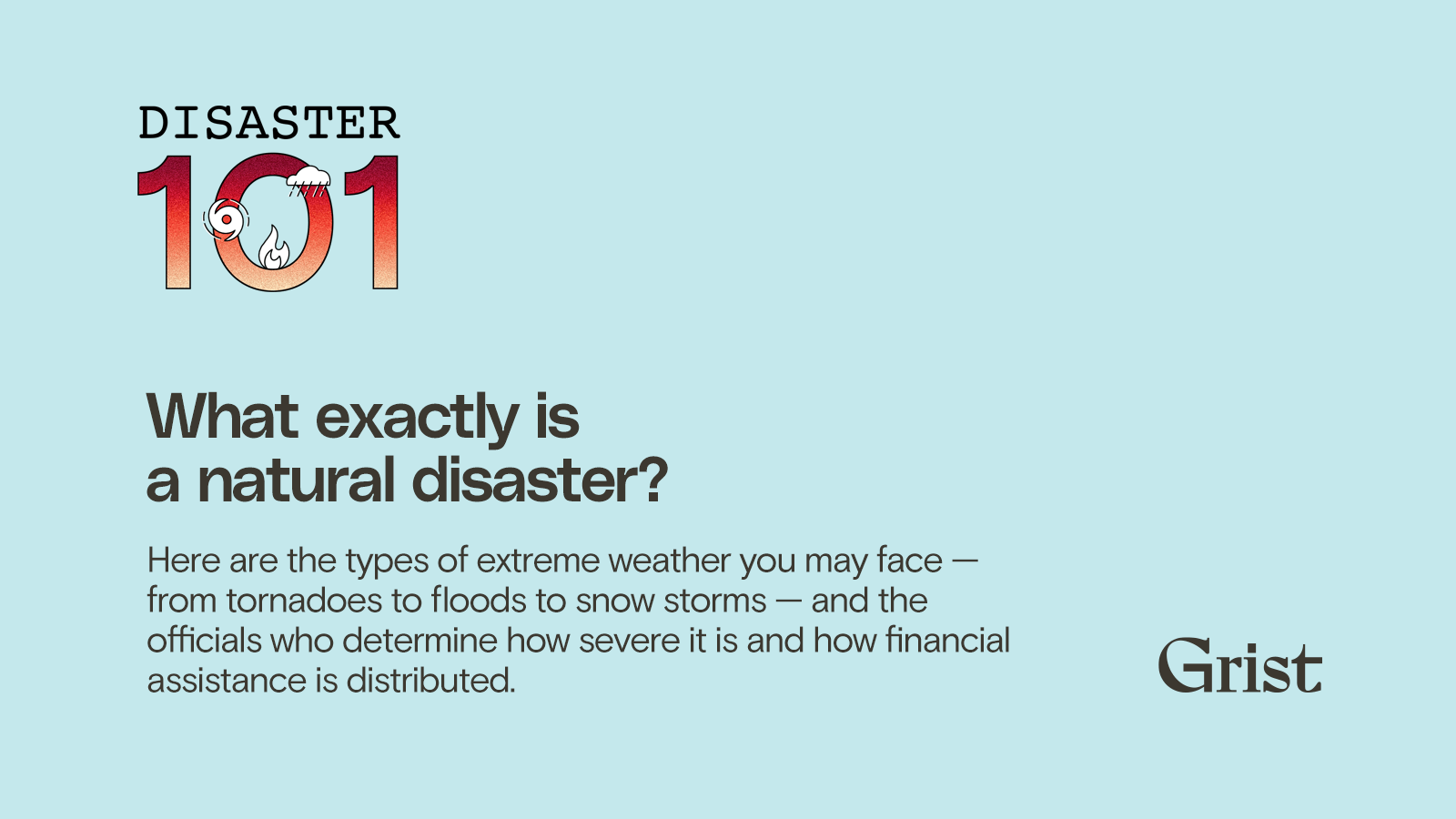Now Reading: Natural Disasters: Understanding Their Causes and Impact
-
01
Natural Disasters: Understanding Their Causes and Impact
Natural Disasters: Understanding Their Causes and Impact

Rapid Summary:
- Federal Disaster Aid Process:
– Local, tribal, and state governments rely on federal funding for recovery during natural disasters like hurricanes, wildfires, tornadoes, floods, and winter storms.
– FEMA (Federal Emergency Management Agency) manages disaster declarations. Securing aid frequently enough involves a lengthy process, including damage assessments done in collaboration with local emergency managers.
– Governors or tribal leaders must request a presidential disaster declaration within 30 days of the event to access federal aid.
– Two types of declarations exist: Emergency declarations focus on immediate services while major disaster declarations enable broader federal assistance.
- Natural Disasters Overview:
– Hurricanes occur mostly between June-November in the atlantic and Pacific Ocean regions. Rising temperatures are intensifying their effects.
– Wildfires are increasing in severity due to climate change; these can result from both natural causes (like lightning) and human actions (e.g., unextinguished campfires).
– tornadoes form when warm and cold air collide; their predictability remains challenging despite increasing frequency.
– Flooding results from heavy rainfall or infrastructure failures like breaking levees; inland flooding has become more common due to shifting weather patterns.
– Winter storms bring risks such as heavy snow/ice accumulation leading to power outages and hazardous conditions.
- Challenges in Recovery:
FEMA faces delays with some emergency requests being rejected even amidst backlog concerns. Efforts by states or tribes might not always qualify for immediate federal intervention.
Indian Opinion Analysis:
India frequently grapples with natural calamities ranging from cyclones along coastal regions to massive floods triggered by monsoons. International experiences such as those observed under FEMA highlight challenges India might also face-be it bureaucratic delays or dependency on centralized assistance during disasters. A robust framework prioritizing state readiness combined with streamlined processes for emergency fund allocation could mitigate response inefficiencies critical amidst climate-induced extreme weather increases globally.
India’s ongoing need for decentralized responses backed by technology-driven damage assessments aligns well with lessons from nations relying heavily on federally-backed mechanisms like FEMA’s structure outlined above – requiring consistent preparation rather than reactive measures. Implementing proactive resilience strategies against increasingly erratic climatic events might potentially be imperative for future sustainability given rising vulnerabilities across the globe.
Read More
























